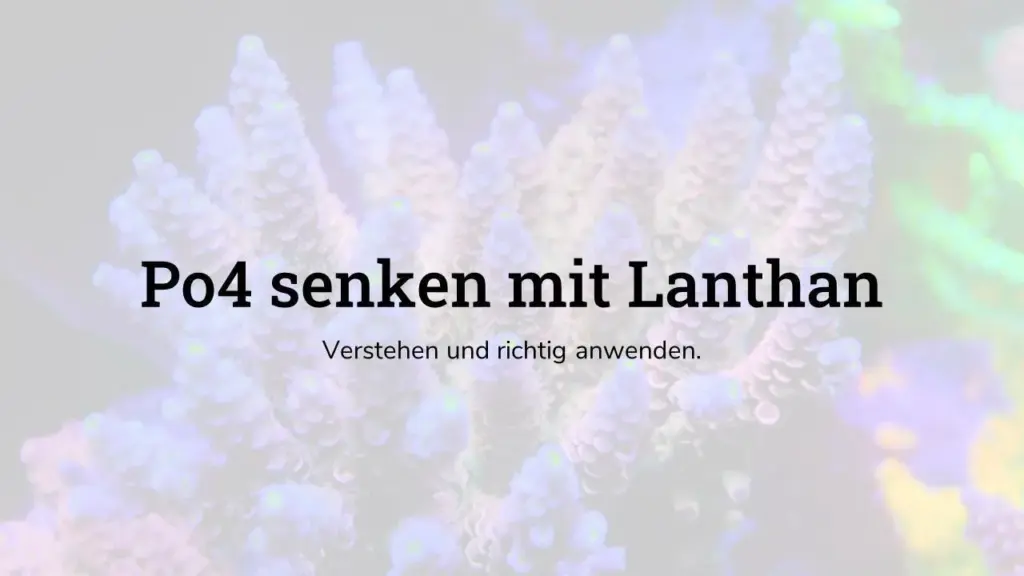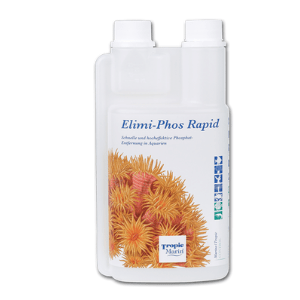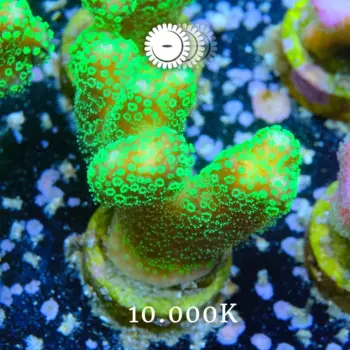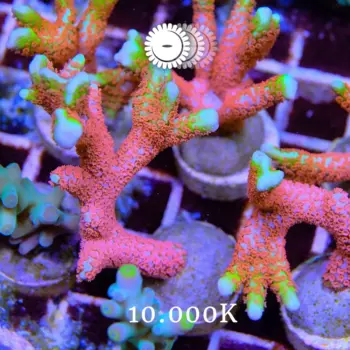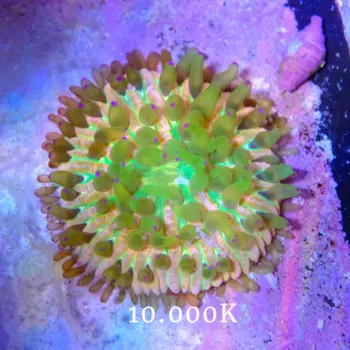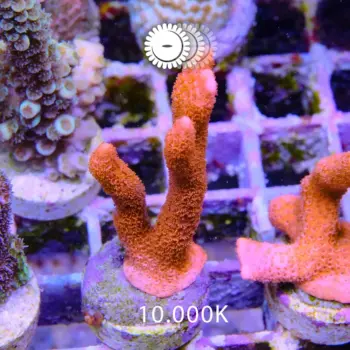Never use solid phosphate adsorbers again?
Lanthanum chloride makes many things easier and cheaper if it is used correctly.

While nitrate is easiest to keep under control biologically, there is a fairly simple chemical solution for phosphate. It can be removed from the water quite precisely with lanthanum chloride. This substance is sometimes contained in the product Elimi Phos Rapid from Tropic Marin. According to the manufacturer, 10ml of Elimi Phos Rapid precipitates up to 1mg/l Po4 in 100l of aquarium water. I can confirm this information. It is therefore possible to calculate very precisely how much phosphate you want to remove from the tank by adding Elimi Phos Rapid.
Most of the lanthanum chloride it contains precipitates as lanthanum phosphate. This is virtually permanently bound because lanthanum phosphate cannot be dissolved in our seawater. Nevertheless, it should be removed from the tank as lanthanum is not very toxic and large accumulations should be avoided.
The best way to remove the precipitated lanthanum phosphate is to drip the lanthanum chloride directly into the skimmer or add it to the inlet of a fleece filter. The lanthanum chloride precipitates very quickly into a sticky mass and is largely bound by the fleece or skimmed off immediately.
Tropic Marin states that Elimi Phos Rapid should be used up to a maximum reduction of 0.2mg/l. However, it is possible to control the Po4 value in the water down to 0.01mg/l with a trick. This works if the lanthanum chloride is diluted strongly enough and is added permanently rather than intermittently.
In my system, I mix the calculated amount of Elimi Phos Rapid with 5 liters of osmosis water and add this to the tank in a continuous dosage over a period of one week. This means that only a very small amount of Elimi Phos Rapid is added and the phosphate dissolved in the water is bound slowly. This is important because too rapid a reduction is harmful to the corals. There are also reports that the precipitation products can be deposited in the gills of fish and cause the death of surgeonfish, for example. I would therefore not recommend adding the product directly to the tank.
Tip: The dissolved lanthanum chloride should not be injected before pumps or under water, as this can clog the outlet of the hose or the pump. I have had a pump destroyed as a result.
-
Stylopora Green Metallic
incl. VAT
plus. Shipping costs
-
Montipora Saramensis “Bubble Gum”
incl. VAT
plus. Shipping costs
-
Fungia Rainbow S
incl. VAT
plus. Shipping costs
-
Acropora Blue Stag
incl. VAT
plus. Shipping costs
-
Montipora Digitata Orange
incl. VAT
plus. Shipping costs
The treatment cycle:
1. Calculate the required quantity of Elimi Phos Rapid
First, you should determine the Po4 value and note it down.
The Po4 value should be reduced by a maximum of 0.07mg/l per week, otherwise the corals could be damaged. Even if you can reduce the phosphate content much faster, I would not recommend this.
To reduce Po4 by 0.1mg/l in my 3000l water volume, I would need a quantity of just 30ml Elimi Phos rapid.
2. Set up dosing pump
My dosing pump adds 5l per week. I have a 5-liter canister that I fill with osmosis water at the beginning of the period. The calculated amount of Elimi Phos Rapid is then added to these 5 liters.
3. Evaluation and recalculation
Once the 5 liters have been dosed, the phosphate content in the water is determined again. Has it fallen by the calculated amount? If not, this is because phosphate deposits have most likely dissolved and compensated for the deficit in the open water. This is normal and happens until the depots are used up - a very practical side effect, by the way.
Now it's time for the next cycle, back to 1.
Repeat this until the target value is reached.
Once again as a reminder:
The optimal Ratio of No3 to Po4 is about 1:100. Once this has been reached, Po4 should no longer be reduced independently of No3. This is where the use of bacteria and a carbon source makes sense again.



